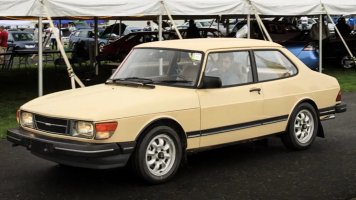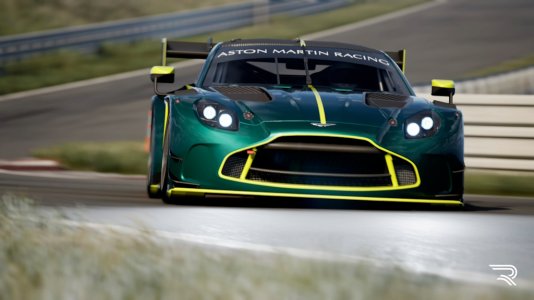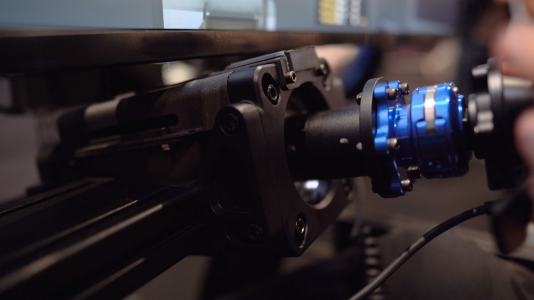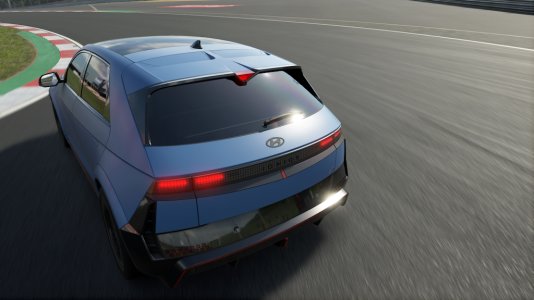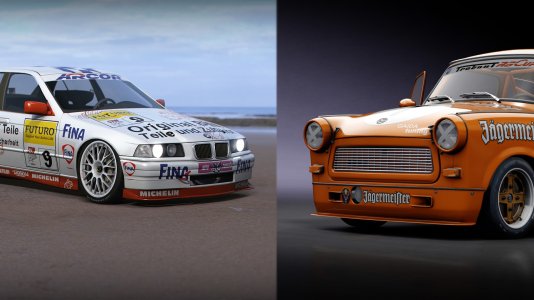1986 SAAB 90 notchback
What do you get when you mate the front half of a Saab 99 with the back half of a 900? The #Saab90. In 1983, Saab decided to do exactly this to create a “new” entry-level model for Scandinavia and certain European markets. It turned out that this exercise did not sell all that well, but at the time Saab’s production director, ex-press/PR man Sten Wennlo, didn’t have a whole lot of choices.
It’s important to remember that for all of Saab’s fame and loyal fans, in the early 1980s, the time company had only been building cars for a hair over 30 years. Many of its oldest and most loyal customers had come from the earlier 93, 95 & 96 designs and even the two-stroke Saabs were still quite common in Sweden at that time.
The 99, introduced in 1968, was similarly “quirky” and quintessentially Saab but also bigger, pricier and much more modern than the older Saabs. The 900, an outgrowth of the 99, was even larger, more advanced and more expensive, and sold in many markets as a premium car. This gradual trend upward is part of why Saab kept the 95/96 in production so long, into early 1980, in fact (and 1978 for the 95 wagon).
The company felt it needed to keep selling lower-priced models to loyal customers and to hook new ones, but the old cars were very old indeed by the time they were finally dropped. It also had only limited funds to create new models in the 1970s, which is why the 900 was so closely based on the 99.
To replace the 96 with a new entry-level machine, it turned to what would seem like an unlikely partner: Fiat. In reality, Saab’s shareholding Wallenberg family and Fiat’s Agnelli dynasty were very well acquainted and had been for years. The two companies began cooperating on distributing Fiat models in Scandinavia and what became the Type 4 project in the late 1970s, with the latter becoming an official collaboration in October of 1978.
The first car imported to Scandinavia under this partnership was the Lancia (née Autobianchi) A112, a supermini that Saab had no equivalent to. But in 1980, as 96 production ended, that model was replaced with the “Saab-Lancia 600,” a rebadged Lancia Delta.
The Delta was a nice driver and later became world-famous as a rally weapon, but it quickly proved deeply inadequate for Swedish winters. It came only with the 1.5-liter single-cam engine and front-drive, and this was long before the Integrale or even the HF turbo. It wasn’t a bad combination, but the Lancia’s almost total lack of rust protection and so-so quality left much to be desired in the eyes of Swedes (and the few other Northern European countries it was sold in). Sales were dismal, and it was dropped after 1982 with only about 2,000 sold.
Without a proper 96 replacement, Saab already felt it was losing sales in the low end of the market to other European brands and, increasingly, to Japanese imports, so Wennlo still needed something to sell in this vein. At the same time, Finnish contract builder Valmet also had a problem. Like the 96 before it, 99 production had moved entirely to Finland and it was not clear how long this older but not much cheaper design could really continue to sell alongside the 900.
Worried about losing the contract, Valmet proposed mating the front of a 900 to the old 99 shell to improve economies of scale and produce this new “low-end” Saab. But Wennlo felt this idea was a little too close to the 900. After all, the newer car’s shells were just expansions of the old 99. Instead, Wennlo had illustrator and designer Rony Lutz mock up the opposite, a 99 front end with the two-door notchback 900 body grafted on. This, it seemed, would be much better, and that’s how, in early 1984, the 90 was born.
Since the two cars were fairly close relatives, it wasn’t hard to do the engineering. The 90 would come only with the two-door notchback 900 body and only with the B201 2.0-liter, 100-hp carbureted engine and a 4- or later 5-speeder. It featured numerous improvements over the old two-door 99, including more interior and trunk space, an improved and cheaper-to-build rear suspension, and a bigger gas tank. Ahead of the B-pillar though, it was much the same, even using the 99’s old dashboard.
It debuted in late 1984 as a 1985 model (though European countries did not widely define things that way) and replaced the 99 on Valmet’s production lines. Sales were much better than the 600, but never all that great. A two-door-sedan-only model with clear links to an already old car, it was hard for consumers to get all that excited about a poverty-spec Saab even if it looks pretty cool today. While the car was sold in a fairly wide array of European countries, the majority of sales (about 40%) were in Sweden.
Since it didn’t do all that well, when it came time to upgrade the car for new emissions regs in 1987, Saab decided to end production and give up on the low-end model idea, though there were still lower-end 900s at the time. By then though, the company was actively seeking a buyer or new partner and deep into discussions with Fiat, though it eventually got bought by GM.
In all, 25,378 Saab 90s were made, and any 90 you see with U.S. plates is an import as it was never meant for our market. This one is a recent arrival from Norway. In fact, Saab rather disliked selling the two-door notchback 900 here as well, offering it for just one year (1986).
Somehow the basicness of this little car is very appealing today, but at the time it wasn’t really seen that way. Valmet got more work from Saab with the 900 Convertible, which began about a year before the end of 90 production. The two companies remained close collaborators for a long time after. Special thanks to owner Scott W. for taking me through the car!
SOURCE: Old Motors FB page.
Attachments
Last edited:

